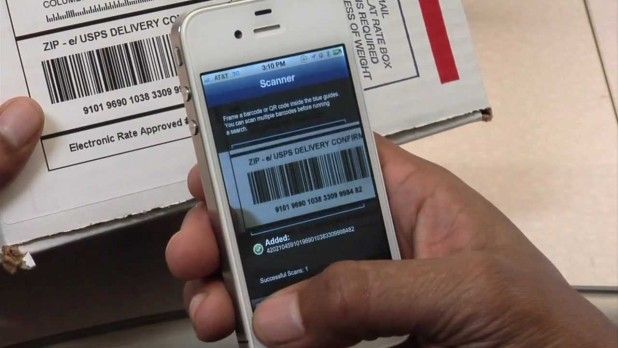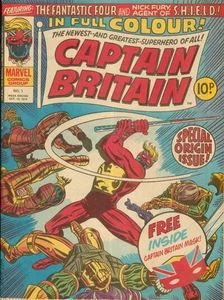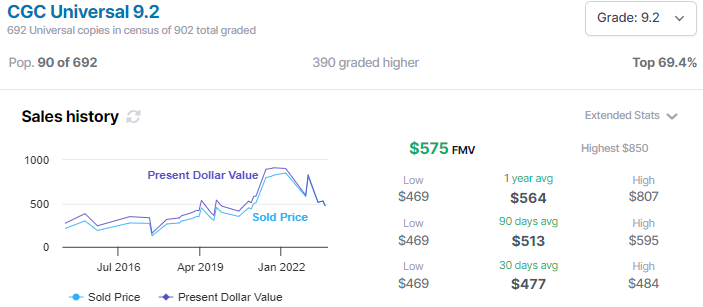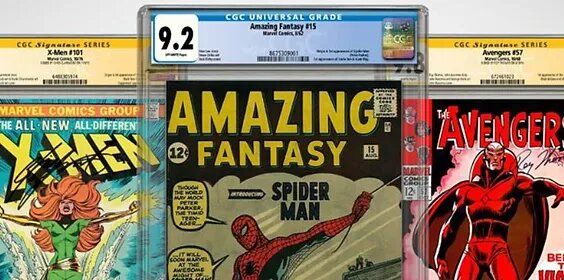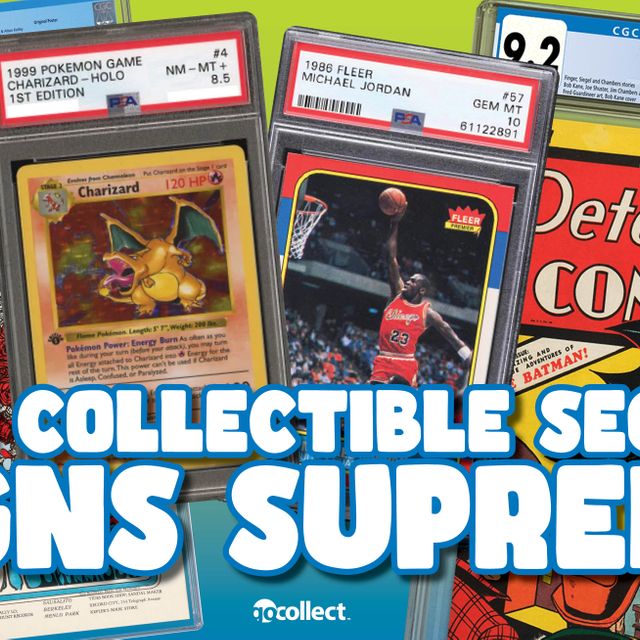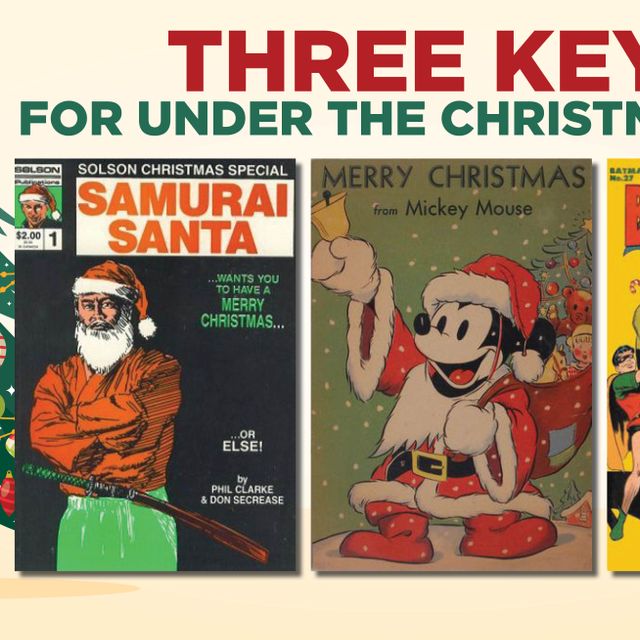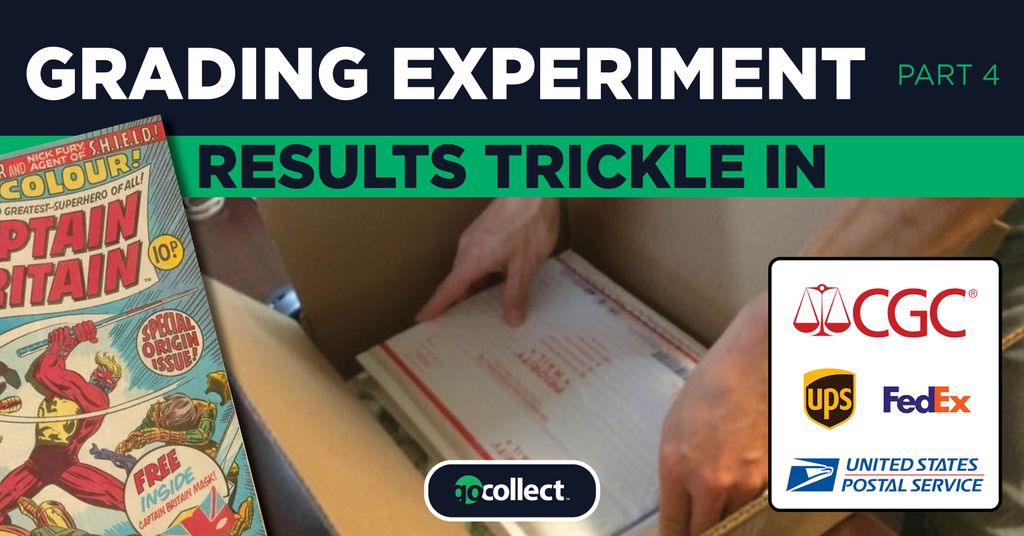
I must make a confession to my readers... I lied to you. Well, in attorney speak, I omitted some key details that I needed to keep secret to accomplish my goals in the CGC Grading Experiment. I did not mention all the books that I sent to CGC for grading. The reason was to keep many objectives secret to mimic actual real-world experiences. The results will ultimately assist the GoCollect readers because the information obtained was eye-opening. I encourage readers to read past and future installments. The time spent will be well worth it.
Here's a look at the previous installments in this series.
Comic Book Grading Experiment: Advice from CGC President Matt Nelson (Part 1)
Advice from CGC President Matt Nelson: The Grading Process
Grading Experiment Pt 2: Buying Raw Books to Maximize ROI
Grading Experiment Pt 3: Submitting Books to CGC
I. A Leader Rises among Shipping Companies
Failure after Failure

In past segments, the significance of the shipping company selected was discussed. Unless books are insured under a homeowner's or separate policy, any risk of loss will be covered under the terms of shipment.
FedEx was used first because of its reputation for safe deliveries at a fair price. The problem was that they had very limited insurance coverage for collectibles. The fact that several branch employees would sell insurance for shipments of comic books that would not be covered because the package contained comic books was unforgivable. You read that correctly; clerks sold insurance for items that were not even eligible for insurance because of the nature and value of the items.
UPS branches were far more informed on their insurance coverage policy for collectibles. This knowledge came at a steep price because insuring the entire shipment of comics worth $5000 cost over $500 and required their staff to pack and mail the books to make sure they were in the proper chain of custody.
Trusting the Government?

The last shipper selected was the USPS. This choice turned out to be the best one of the group. The first benefit in using the USPS was that there was no incentive to oversell product. The clerk picked the most cost-effective means to ship the item at the proper insurance level. Another benefit was that they spell out exactly what one needs to do to prove the value of lost or damaged items. They also suggested splitting the shipment next time to make sure all the items were insured for the full value. The clerk also stated that documenting what is being shipped with your local comic book store is key here.
The USPS must have pictures of entire books so that they can base a proper evaluation, which could be the difference between getting back the sale price of the book five years ago or the current fair market value. Remember, pictures are evidence and an evaluation from an experienced independent comic book owner or dealer may qualify as an expert witness. That is the reason why buying only online and not having relationships with your LCS or local dealers could be a problem.
More Bang for Your Buck
The final benefit was a cost analysis of coverage versus cost. The USPS employees all said the limit of insurance that could be obtained was $5000. They also advised multiple shipments so that all items were insured. The other companies would oversell unusable or extremely expensive insurance.
The USPS had a MORE EFFICIENT INSURANCE COVERAGE SYSTEM IN PLACE. Yes, you read that correctly. The cost for shipping, tracking, and insuring the items for the maximum $5000 coverage cost roughly $100 based upon the weight of the six books shipped. This was well below the cost of UPS for the same insurance coverage.
Full Disclosure
There were hardly any issues with the USPS, but there was a slight problem that must be reported. The only complication was in one stage of the tracking. Three separate mailings went off without a problem. One shipment experienced a slight hiccup with a missed tracking scan. The package went on its way correctly and without issue but one logistic hub scan was missed to show the item passed through this station. The package was marked as being sent from that hub but the correct time of arrival at the hub was missed.
Again, this was a minor problem but it should be noted for the purposes of this experiment. The missed scan did not delay the shipment of the package.
Conclusion
The saying you get what you pay for may not apply in the case of shipping books. FedEx made you pay for insurance that they would never have to pay based upon the terms of their contract. The USPS provided reasonable coverage and a fair price with clear insurance policy information.
Hobbyists shipping a very expensive item may want to use UPS but expect to pay for that protection. Finally, pictures should be taken of ALL items shipped if any problems occur. A proper evaluation needs to be provided for proof of claim. No company will take the shipper's word as proof of an item's fair market value.
II. When a Comic Book is not a Comic Book
A Method to the Madness
Every book selected for these experiments had a particular purpose. The inclusion of Captain Britain #1 was no exception. The owner submitted the book, under careful review by this journalist, in the first batch of books. The book was included because it provided a unique learning opportunity that many may be unaware of. That lesson could ultimately prevent an unnecessary cost of both time and money.
Inputting data
The CGC submission process was very user-friendly. The first step was to indicate if the submitted grading item was a COMIC, MAGAZINE, or POSTER. The regular submission was selected, followed by informing them that the books would be shipped by MAIL-IN OR SHOW DROP-OFF. As previously mentioned, these books were mailed in using FedEx. GRADING and PRESSING were requested for each book.
The next step was to select the stated value of the book to determine the pricing. It should be noted that pricing may be different based on the CGC membership tier of the submitter. The ballpark price for the 'greater than $400 but less than $1000 ' tier was roughly $150 to have the book pressed and graded. Now it was time to enter the book's title, and that is where things got interesting.
No Data Available
Most of the books submitted in the first batch had their titles available after a few characters were entered. The more characters entered, the quicker it was to highlight the issue's title for submission from the CGC database. The problem was that Captain Britain #1 had nothing listed for this Bronze Age UK comic.
The title had to be manually entered rather than using an existing listing. That should have been a sign to call the CGC customer helpline, but like most real-world submissions, no request for assistance was made.
What Happened
It turns out that CGC has Captain Britain #1 classified as a MAGAZINE. This may have been based on the size of the book. This misidentification resulted in a four-month delay in the book arriving with the other submitted books; it had to be reprocessed once correctly identified.
The grading was delayed because magazines had a longer wait time than comics. The lesson learned was that if submitting a foreign or nonstandard comic it is beneficial to contact the CGC helpline before entering in the submission data. This mistake cost the owner time and an additional return mailing fee.
Results
Captain Britain #1 came back with a grade of 9.2. The issue had white pages with the included mask intact. The FMV for this grade is $550. It can now be reported that the owner was ecstatic about the grade and value of the book.
The cost to grade, insure, and ship the book left a lot of meat on the bone in profit. The means that this person purchased the book has warranted another column because it is a way to make/save money.
Conclusion
The owner stated there was no way they could purchase the book already graded at the price it cost to grade the raw book. This journalist has paid for all grading and shipping fees to produce these articles, but the owner stated that in the future they would be more inclined to buy raw and grade their books at their expense. The hunt for raw books and having them graded was worth it in the end.
III. Future Installments
Pressing Out Gold
The subject matter of the grading experiment has constantly been evolving the further the study advanced. Pressing was mentioned as being a very important aspect of the grading CGC process. CGC President Matt Nelson's insight into what to look for in raw books mandated his advice to be put to the test. What better subject matter to evaluate this advice than the iconic Incredible Hulk #181? That part of the experiment cost me a pretty penny in grading fees, but the lessons learned could mean thousands of dollars in savings/profits to readers
The Comic Professor
Many more grading experiments sprung from the prior ones. These steps all produced great data that needs their own write-ups. The more this data was reviewed, the more information was revealed to me. The question of what comics should be graded and what ones should be avoided was discovered. Once that piece of the puzzle was completed, another reveal leaped from the page. This was the best revelation. The end result of this whole experiment was how to use GoCollect sales data and extrapolate it to a raw book price guide.
Coming Attractions
Please realize that this experiment was costly in both time and financial expenditures for this author. However, the education obtained from the venture is priceless. Some of the participants have already taken some of the reveals to task. They say that the results have been very positive. "How," positive readers may ask?
One person used the information obtained from the experiment, coupled with their personal guidance to purchase a $6,000-$7,000 iconic key book for less than $700. The owner stated they would have never ever been able to justify spending that much money on a book but at less than $1,000, they are thrilled. So keep up with the GoCollect blogs, because the fun is just getting started!
*Any perceived investment advice is that of the freelance blogger and does not represent advice on behalf of GoCollect.
